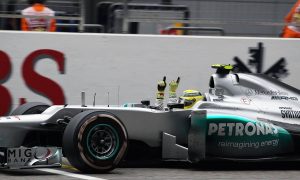F1i technical expert Nicolas Carpentiers looks at the different solutions brought forward to implement closed cockpits in Formula One, as well as the associated hurdles.
Following the tragic death of IndyCar racer Justin Wilson, who died last month from severe head injuries sustained after he was hit by debris flying through the air from a separate crash, the topic of closed F1 cockpits has surfaced once again and generated much debate in the paddock. Apart from reigning Le Mans champion Nico Hülkenberg, who spoke out against the system, most drivers – including Jenson Button, Fernando Alonso, and Daniel Ricciardo – have voiced their support for the concept.
While tremendous progress has been achieved in the field of safety over the past two decades, the driver’s head remains exposed to potential hazard. Since Felipe Massa was struck by an 800g spring that had fallen off the rear suspension damper of Rubens Barrichello’s Brawn during the 2009 Hungarian Grand Prix weekend, the FIA has been exploring many avenues in order to improve head protection. Crash helmets now feature a strip of composite material at the top of the visor, while F1’s governing body has also tested the safety benefits of a forward roll-hoop. However, finding a comprehensive solution ensuring driver safety is still no easy or simple task.







